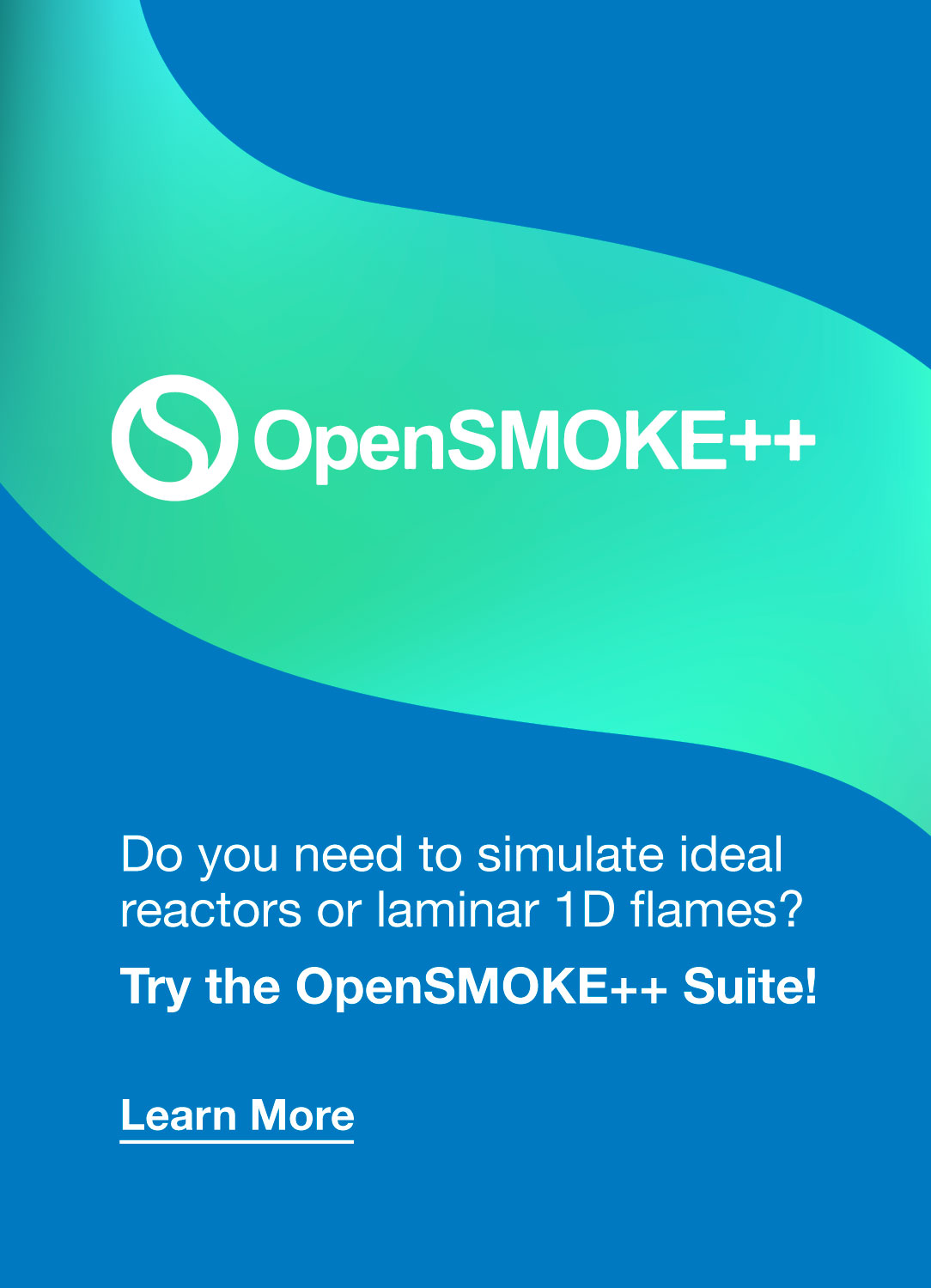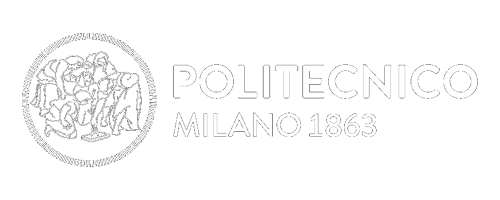Turquoise hydrogen production
- Homepage
- WORK WITH US
- Master Thesis
- Turquoise hydrogen production
Kinetic modelling of value-added carbon materials and turquoise hydrogen production from hydrocarbons pyrolysis
Context and Objectives
Hydrocarbons cracking to produce “turquoise” H2 and value-added carbon materials (C-C composites, carbon nanotubes, graphene, carbon black) is gaining remarkable industrial interest as it enables the production of a carbon neutral energy vector, while directly fixating the carbon content of the feedstock in high performance materials. This allows to efficiently exploit both fossil (e.g. methane) and biogenic hydrocarbon sources (e.g. bio-methane), avoiding costly CO2 capture and storage processes, ultimately driving the price of H2 to a level comparable to that of “grey” or “blue” hydrogen from steam methane reforming processes. Existing thermal pyrolysis processes (e.g. CVD/CVI) or lab/pilot-scale technologies currently under development (e.g. thermocatalytic pyrolysis in floating catalyst, plasma pyrolysis) strongly benefit from mechanistic chemical kinetic models that are capable of describing the impact of operating conditions (temperature, pressure, feedstock composition) or catalyst features on the process conversion, selectivity, on the quality of the produced carbon and on the competition between amorphous (particulate matter) and structured carbon formation. A framework of this kind has already been developed at CRECK in the context of industrial and academic research projects. This thesis aims at further extending the CRECK kinetic framework so as to track the formation of defects and to describe the impact of different catalyst on product yields and quality.
Methods and Tools
OpenSMOKE++ suite for heterogeneous reactors simulation, electronic structure and molecular dynamics simulation tools for determination of reaction pathways and model parameters (e.g. reaction rate constants, energy barriers).
Contacts



